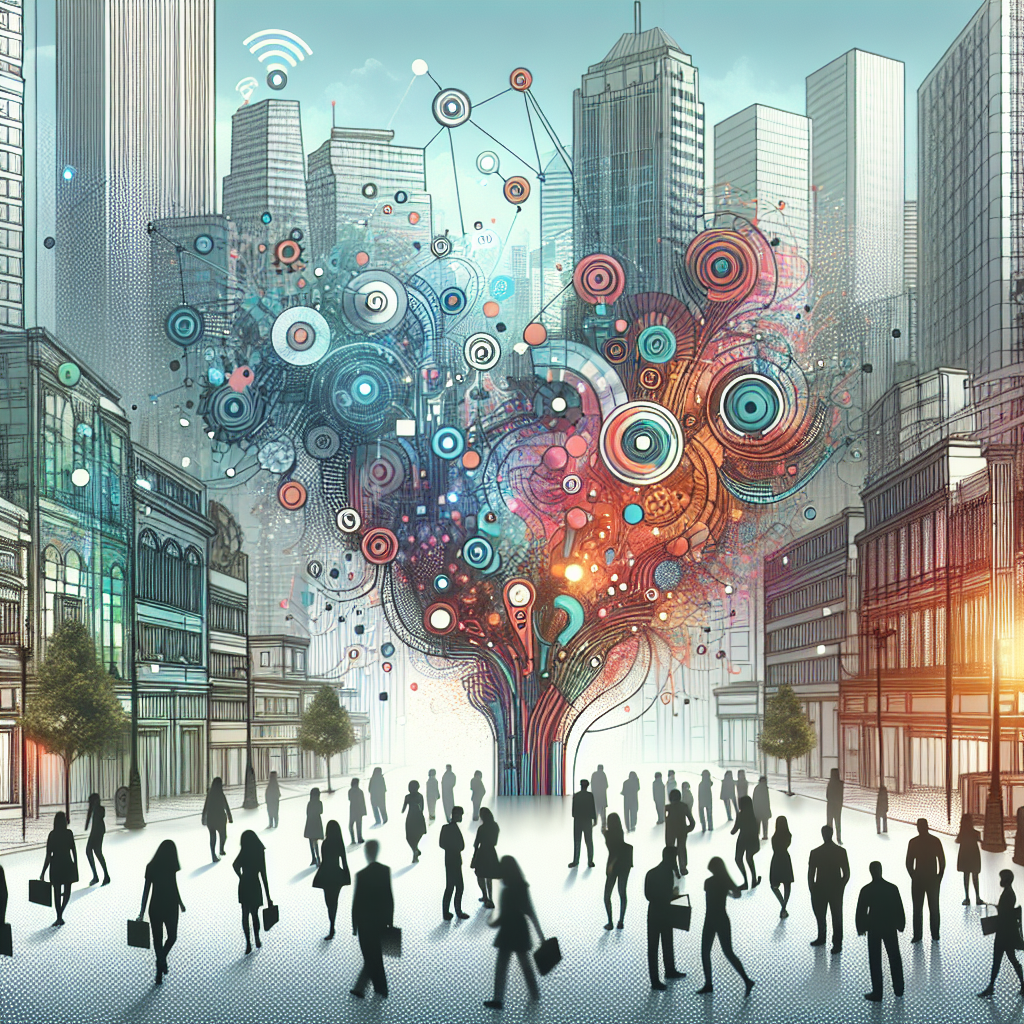Artificial Intelligence (AI) has become increasingly prevalent in the world of public art, transforming traditional static installations into interactive, engaging experiences that captivate and inspire communities. Through the integration of AI technologies, artists are able to create dynamic and responsive artworks that not only beautify public spaces but also foster connections between individuals and their surroundings.
Interactive installations powered by AI have the ability to engage audiences in new and exciting ways, inviting them to actively participate in the artwork and become co-creators of the experience. These installations often utilize sensors, cameras, and other tracking devices to collect data in real-time, allowing the artwork to adapt and evolve based on the movements and interactions of viewers. This level of interactivity not only enhances the visual impact of the artwork but also encourages people to explore and engage with their environment in a more meaningful way.
One example of AI-powered public art is the “Wave Wall” installation in San Francisco, California. Created by artist Refik Anadol, the installation uses AI algorithms to analyze the movements of passersby and generate dynamic visualizations on a large LED screen. As people walk past the installation, their gestures and actions are translated into colorful patterns and shapes, creating a mesmerizing display that reflects the energy and vitality of the surrounding urban environment.
Another example is the “Pulse Portal” installation in Charlotte, North Carolina, which uses AI to create an immersive audiovisual experience for viewers. The installation features a series of LED arches that respond to the heartbeat of participants, pulsating and changing colors in sync with their cardiac rhythms. This interactive artwork not only showcases the power of AI technology but also serves as a metaphor for the interconnectedness of individuals within a community.
AI-powered public art installations have the potential to transcend traditional boundaries of space and time, offering viewers a glimpse into a world where art and technology converge to create truly transformative experiences. By incorporating AI technologies into their practice, artists are able to push the boundaries of what is possible in the realm of public art, inviting audiences to engage with artworks in ways that were previously unimaginable.
In addition to engaging communities through interactive installations, AI-powered public art also has the potential to address pressing social and environmental issues, serving as a platform for dialogue and activism. Artists are increasingly using AI technologies to create artworks that raise awareness about issues such as climate change, social justice, and mental health, sparking conversations and prompting action within communities.
One such example is the “Climate Clock” installation in Union Square, New York City, which uses AI data to visualize the impact of climate change in real-time. The installation features a countdown clock that tracks the amount of time remaining before irreversible damage is done to the planet, serving as a stark reminder of the urgent need for environmental action. By harnessing the power of AI, artists are able to create impactful artworks that resonate with viewers on a deep emotional level, inspiring them to take positive steps towards a more sustainable future.
FAQs:
Q: How is AI used in public art installations?
A: AI technologies are used in public art installations to create interactive and dynamic experiences for viewers. Artists use sensors, cameras, and other tracking devices to collect data in real-time, allowing the artwork to adapt and respond to the movements and interactions of viewers.
Q: What are some examples of AI-powered public art installations?
A: Examples of AI-powered public art installations include the “Wave Wall” in San Francisco, the “Pulse Portal” in Charlotte, and the “Climate Clock” in New York City. These installations use AI algorithms to create immersive and engaging experiences for audiences, showcasing the potential of technology in the realm of public art.
Q: How do AI-powered public art installations engage communities?
A: AI-powered public art installations engage communities by inviting viewers to actively participate in the artwork and become co-creators of the experience. By creating interactive and responsive artworks, artists are able to foster connections between individuals and their surroundings, encouraging people to explore and engage with their environment in new and exciting ways.
Q: What are some benefits of AI-powered public art installations?
A: Some benefits of AI-powered public art installations include their ability to create dynamic and engaging experiences for viewers, their potential to address social and environmental issues, and their capacity to spark dialogue and activism within communities. By harnessing the power of AI, artists are able to push the boundaries of what is possible in the realm of public art, inspiring audiences to think critically and creatively about the world around them.

